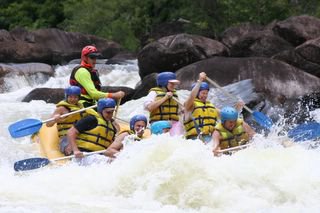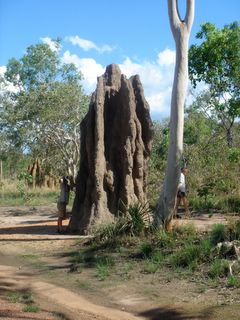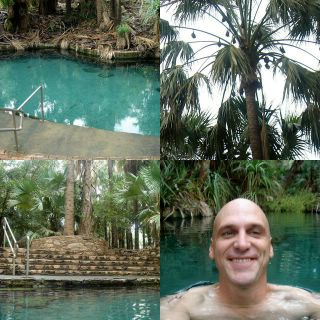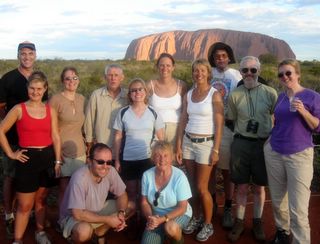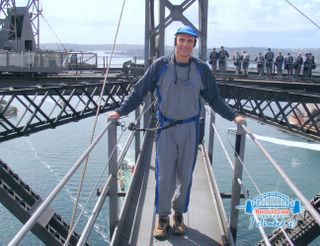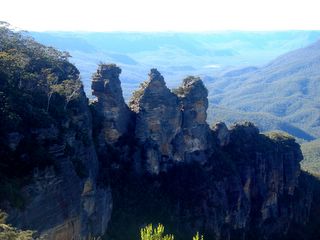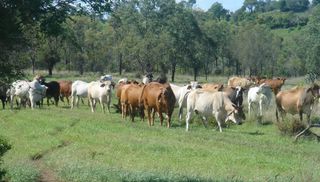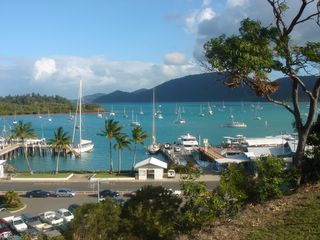
Today, we spend the morning sailing around the Whitsunday Islands located off the eastern coast of Australia. In the afternoon, after dropping anchor for lunch, I embarked on my second Australian Great Barrier Reef dive in Blue Pearl Bay. While this dive like my previous dive was still a little rushed, at least this time I at least had sufficient amount of time to convince the dive master that 3 kilos of weights was sufficient and to select my own mask and test it.
What I learned from my first two "one-off" dives in Australia....avoid them!! Most people participating in "one-off" dives are not repeat customers, and the dive masters know it. Their goal is to get the divers in the water, complete a dive and to get the boat moving again. Little consideration is given the dive experience, other than to complete it.
Fortunately, I'm planning a comprehensive dive outing once my current overland trip finishes in Darwin on November 26th. I plan to return to Cairns around Nov. 30th and participate in 3 day/4 night diving excursion aboard a dive boat before returning to the States on December 7th. While on the dive boat, I'll have the opportunity to partake in 14 dives over the 3 day period. I'm expecting the diving to be a lot less rushed and more enjoyable.
